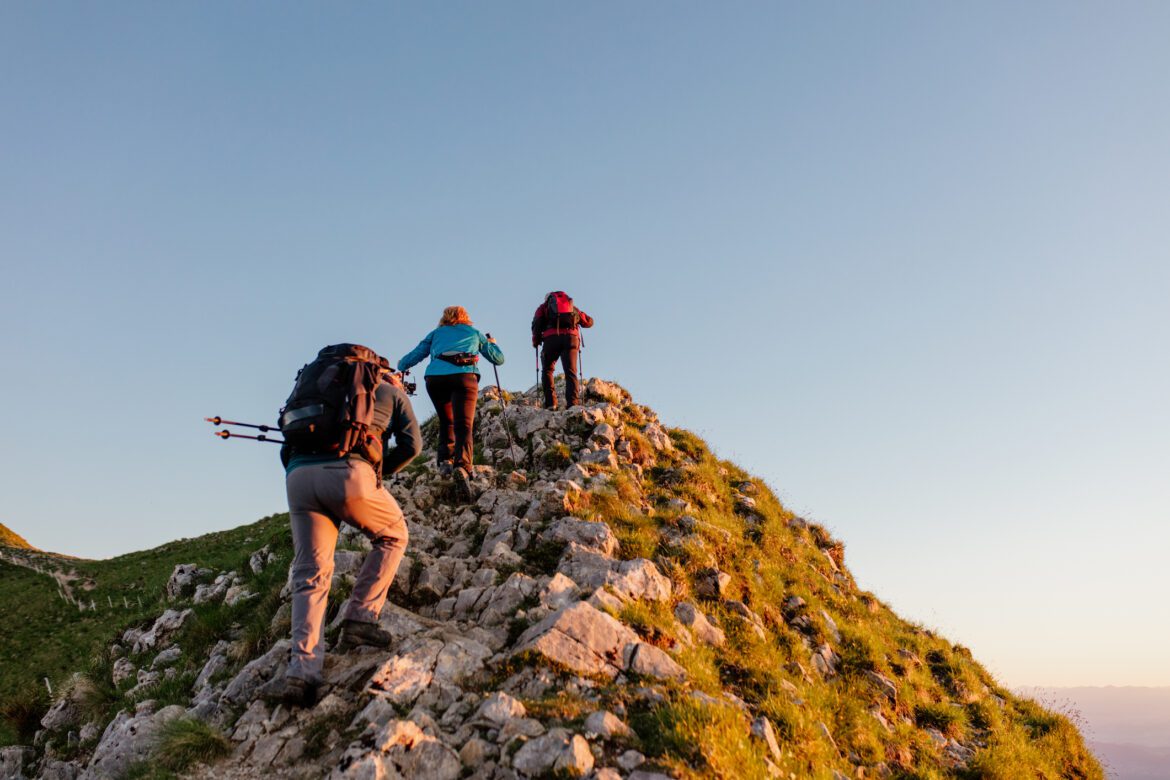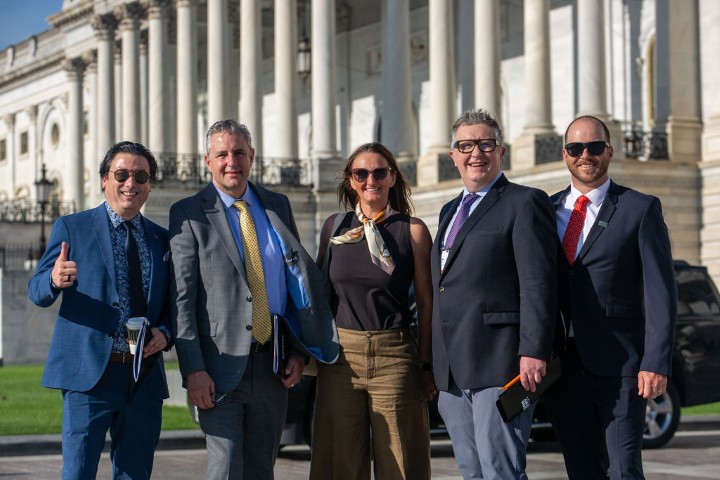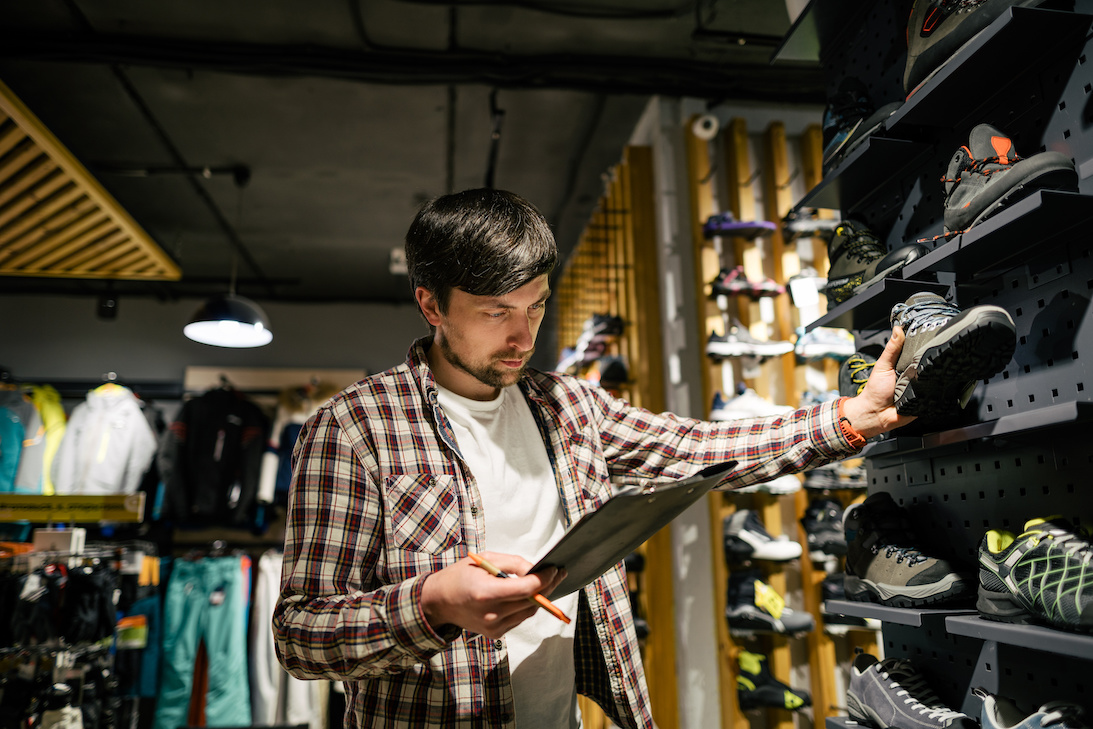The outdoor industry thrives on innovation, performance, and a commitment to sustainability. Yet, as awareness of the environmental impact of business grows, companies are facing increasing pressure to align their products and supply chains with sustainable practices that prioritize safety and transparency.
Chemicals used in outdoor recreation products—from waterproof coatings to durable textiles —play a critical role in performance. However, many traditional formulations contain substances that pose risks to human health and ecosystems. Governments worldwide are implementing stricter regulations, and consumers are demanding greater accountability from brands.
Recognizing this shifting landscape, the Outdoor Industry Association (OIA), through its Clean Chemistry and Materials Coalition (CCMC), is equipping outdoor businesses like yours with the tools and strategies you need to take proactive steps toward safer, cleaner product development.
New OIA Resources: A Roadmap for Safer Products
To help organizations navigate chemical safety, compliance, and innovation, OIA is releasing two new resources to guide planning and implementation to reach sustainability goals.
- Chemicals Management Getting Started Guide – Available to all OIA members, this six-step framework outlines a clear roadmap for building safer, more responsible products.
- CCMC Guidebook – A comprehensive, 73-page resource for Support+ and Leadership members, featuring detailed checklists, case studies, and technical guidance on building a robust chemicals management program.
Both guides center around OIA’s six-step CCMC Pathway, which provides you with a structured approach to eliminating harmful chemicals, adopting safer alternatives, and integrating supply chain sustainability into long-term strategies.
Let’s explore these six steps and how your company can leverage them to build a safer, more sustainable business.
1. Discover: Map Your Chemistry Footprint
Before businesses can improve chemical safety, they need to understand their starting point. The first step in chemicals management is gaining visibility into your supply chain, materials, and potential chemical hazards.
Key actions:
- Map your supplier network – Understand where and how your products are made, including Tier 1 and upstream suppliers.
- Build a material inventory – Track what’s in your products, from base materials to performance treatments.
- Identify high-risk chemicals – Review industry-standard Restricted Substances Lists (RSLs) and emerging regulations, such as PFAS bans.
- Monitor evolving regulations – Stay ahead of national and international compliance requirements to avoid risks like product recalls.
Why this matters: Businesses that take a proactive approach to understanding their chemical footprint will reduce regulatory risks and build consumer trust.
2. Plan: Set Goals and Build a Strategy
Once a company understands its chemical risks, the next step is to set clear objectives and create an action plan for safer chemistry.
Key actions:
- Define internal and external goals – Set measurable targets for eliminating harmful chemicals and adopting safer alternatives.
- Assign responsible teams – Ensure cross-functional collaboration across product development, compliance, and sourcing teams.
- Develop a phased action plan – Outline short-term compliance goals and long-term innovation strategies.
- Ensure supplier accountability – Work with manufacturers to implement clear, enforceable chemical policies.
Why this matters: A strategic plan keeps businesses on track, ensuring chemicals management efforts align with business sustainability goals.
3. Act: Implement Safer Practices
With a plan in place, companies must now take action to integrate safer chemistry into product development and supply chain management.
Key actions:
- Adopt a Restricted Substances List (RSL) – Align with industry standards to ensure compliance across product lines.
- Implement a robust testing program – Establish procedures for monitoring chemicals at various stages of production.
- Communicate expectations with suppliers – Clearly define what materials and formulations are acceptable.
- Phase out high-risk chemicals – Proactively replace harmful substances with verified safer alternatives.
Why this matters: Companies that act now to implement safer chemicals management will be better positioned for future regulations and market demands.
4. Accelerate: Strengthen Supplier Partnerships & Drive Innovation
Once the foundation of a chemicals management program is in place, the next step is to scale impact through continuous improvement and innovation.
Key actions:
- Move beyond compliance – Establish Manufacturing Restricted Substances Lists (MRSLs) to control chemical inputs, not just finished products.
- Implement supplier chemicals management systems – Work directly with manufacturers to improve chemical safety practices.
- Explore green chemistry innovations – Invest in safer material alternatives that enhance product durability and performance.
- Leverage data-driven decision-making – Use testing insights and supplier audits to refine chemical safety strategies.
Why this matters: Forward-thinking organizations go beyond compliance—they lead with innovation and corporate environmental responsibility.
5. Advocate: Shape the Future of Safer Chemistry
The outdoor industry must work collaboratively to drive systemic change. Businesses that engage in policy advocacy and industry partnerships can help shape a greener future for outdoor products.
Key actions:
- Support public policies that promote safer alternatives and sustainability in business.
- Engage with policymakers to influence chemical safety regulations.
- Collaborate with industry groups – Join coalitions like OIA’s CCMC to share best practices and research.
- Invest in sustainable chemistry startups to accelerate eco-friendly business solutions.
Why this matters: Companies that take an active role in shaping the future of chemicals management will help set industry standards, rather than simply reacting to them.
6. Share: Build Trust Through Transparency
Consumers expect companies to be honest and transparent about their sustainability efforts. Clear communication about chemicals management builds credibility and loyalty.
Key actions:
- Provide verifiable data – Back up environmental claims with testing results and certifications.
- Educate consumers – Help customers understand why safer chemistry matters and how it enhances product performance.
- Avoid misleading green claims – Ensure all sustainability messaging is accurate and compliant with greenwashing laws.
- Report progress publicly – Share chemicals management milestones in sustainability reports and marketing materials.
Why this matters: Transparent organizations build stronger consumer relationships while staying ahead of corporate sustainability regulations.
Taking the First Step Toward Safer, Smarter Products
Adopting robust chemicals management practices is no longer optional — it’s a business imperative. Companies that fail to act risk regulatory penalties, supply chain disruptions, and consumer backlash.
By following OIA’s six-step roadmap, your company can:
- Reduce regulatory risk and stay ahead of evolving laws.
- Enhance brand trust through credible sustainability efforts.
- Leverage sustainable innovation to create high-performance, low-impact products.
- Strengthen supplier relationships for a resilient, responsible supply chain.
The Clean Chemistry and Materials Coalition (CCMC) is here to help. Whether you’re just getting started or refining an existing program, OIA’s new Chemicals Management Getting Started Guide and CCMC Guidebook provide the tools and resources you need.
Learn more and access the resources at outdoorindustry.org.






